On this week's show: they investigate the mysterious flat surface in the triangle-shaped swamp which might be connected to the ancient pine tar kiln. Gary had a feeling that the area would become the mother lode of artifacts. They did find coal and blue glaze pottery dating back to the 1700s, a broken broach and an 1819 British coin. Also an ancient plumb bob which would have been useful for digging a straight shaft.
The sonic digging pattern at the money pit continues: several additional holes down to 200 feet to locate the new position of the mysterious travelling Chappell Vault.
Proof is presented showing that serpent worship was common in the ancient world. And early Templar symbiology included serpents and crosses. Charcoal dates from 1320-1440, matching Zena Halpern's map. Therefore it really was a Templar serpent mound.
It was a
1919 British coin - George V's (reigned 1910-1936) face on it.
The pin they found was more likely a hitch pin, or other fastening device, with a hole for a chain or lanyard. Did you notice that the object they found looks NOTHING like the example photo they showed of a plumb bob? Even ancient Egyptian and Greek bobs had the same shape as modern ones - sort of an inverted teardrop or cone shape, to concentrate the mass in a small volume, with the "point" to locate your exact reference. A long, narrow weight on a line is inherently unstable and unsuitable as a plumb bob - as ANYONE even remotely familiar with carpentry or MASONry can tell you.
You are correct in that serpents were commonly worshipped in the ancient world...by cultures all over the world, including North America. The snake was also commonly used in non-worship symbiology. The researchers compared the mound on Oak Island to those found in other areas of N. America, notably Ontario, but they are all over the U.S. as well, and range in age from 400 to 5,000 years old, and most prevalent in the Maritimes (East Coast of Canada and U.S.), and the U.S. Ohio Valley. The snake was a common motif in many Mi'kmaq petroglyphs and drawings, and the Snake Dance is a very important ritual. "Jipij ka'maq" is the Mi'kmaq name for the Snake Spirit, and a major part of their cosmology. All documented and proven to be Native in origin, and the OI team showed how the mounds in question MATCHED all the characteristics of Native mounds...and concluded the Templars built it ?

Does it match any other Templar "snake mounds"? What's that? There's NO example of a Templar "snake mound" to compare it to? Such a conclusion would hold a drop of water only if the Templars had been the ONLY group to use snake symbiology.
Mi'kmaq snake petroglyphs:
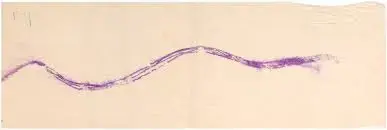
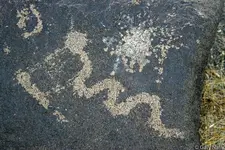
The Mi'kmaq People were indigenous to Nova Scotia for thousands of years and inhabited many of the islands, either permanently, or seasonally - as in during summer fishing seasons. The likelihood of Oak Island being a "base" for fishing, or the site of a Mi'kmaq encampment or village is 1000% more likely than the yarn the OI team dreamed up...




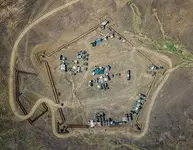
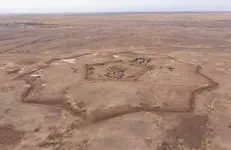
 Does it match any other Templar "snake mounds"? What's that? There's NO example of a Templar "snake mound" to compare it to? Such a conclusion would hold a drop of water only if the Templars had been the ONLY group to use snake symbiology.
Does it match any other Templar "snake mounds"? What's that? There's NO example of a Templar "snake mound" to compare it to? Such a conclusion would hold a drop of water only if the Templars had been the ONLY group to use snake symbiology.

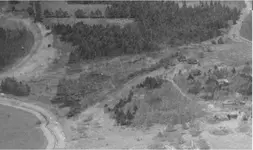
 What are you trying to say? There wasn't power on the island or this photo though quite plainly showing the power poles on the cleared area made for them aren't there?
What are you trying to say? There wasn't power on the island or this photo though quite plainly showing the power poles on the cleared area made for them aren't there?
